Workshop site: Maribojoc municipality, Bohol Province
Schedule: October 10-20, 2008
Performance / showcase: October 21, 2008
Dance teachers: Ligaya Fernando-Amilbangsa and Nannette Matilac
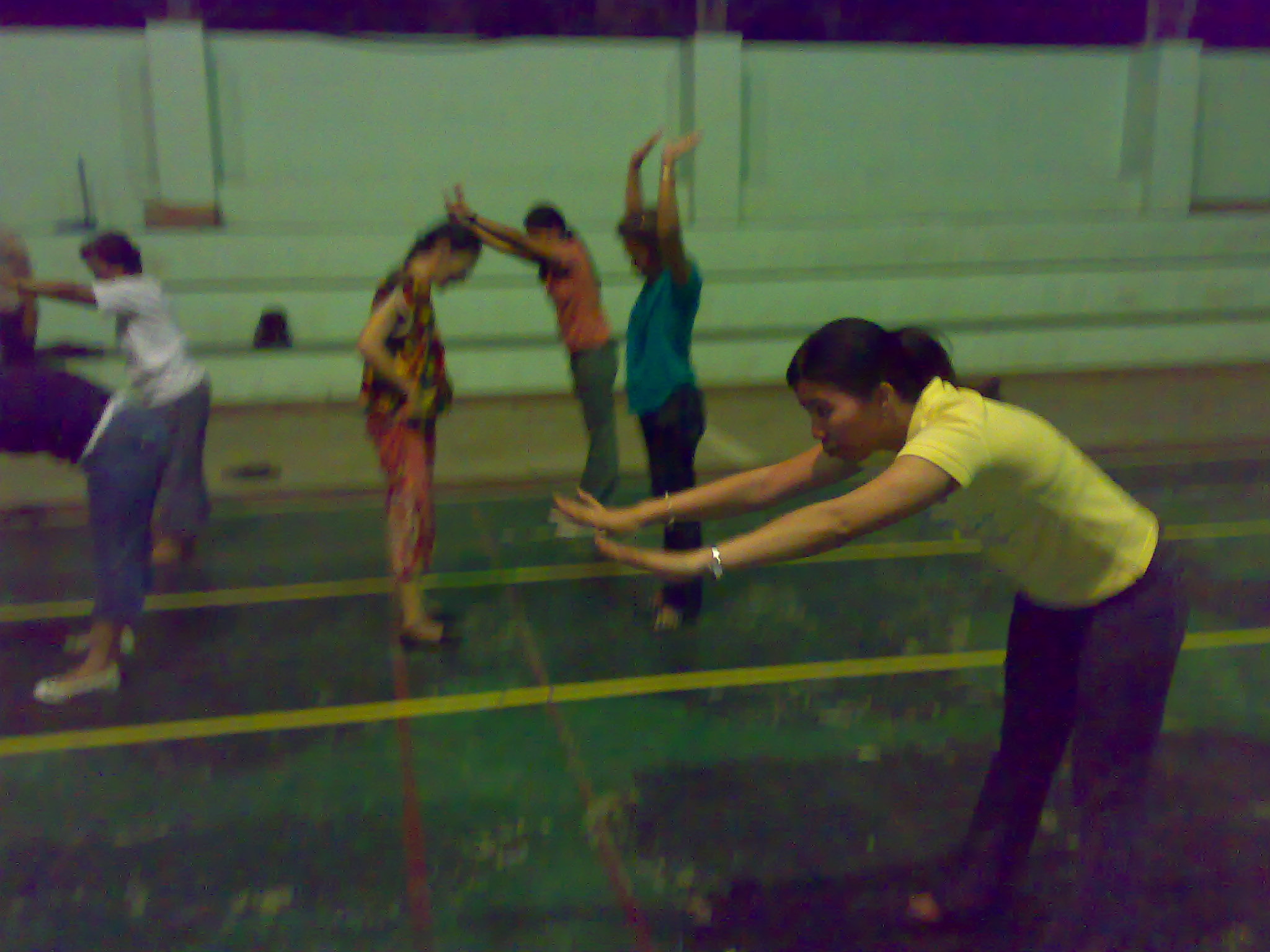

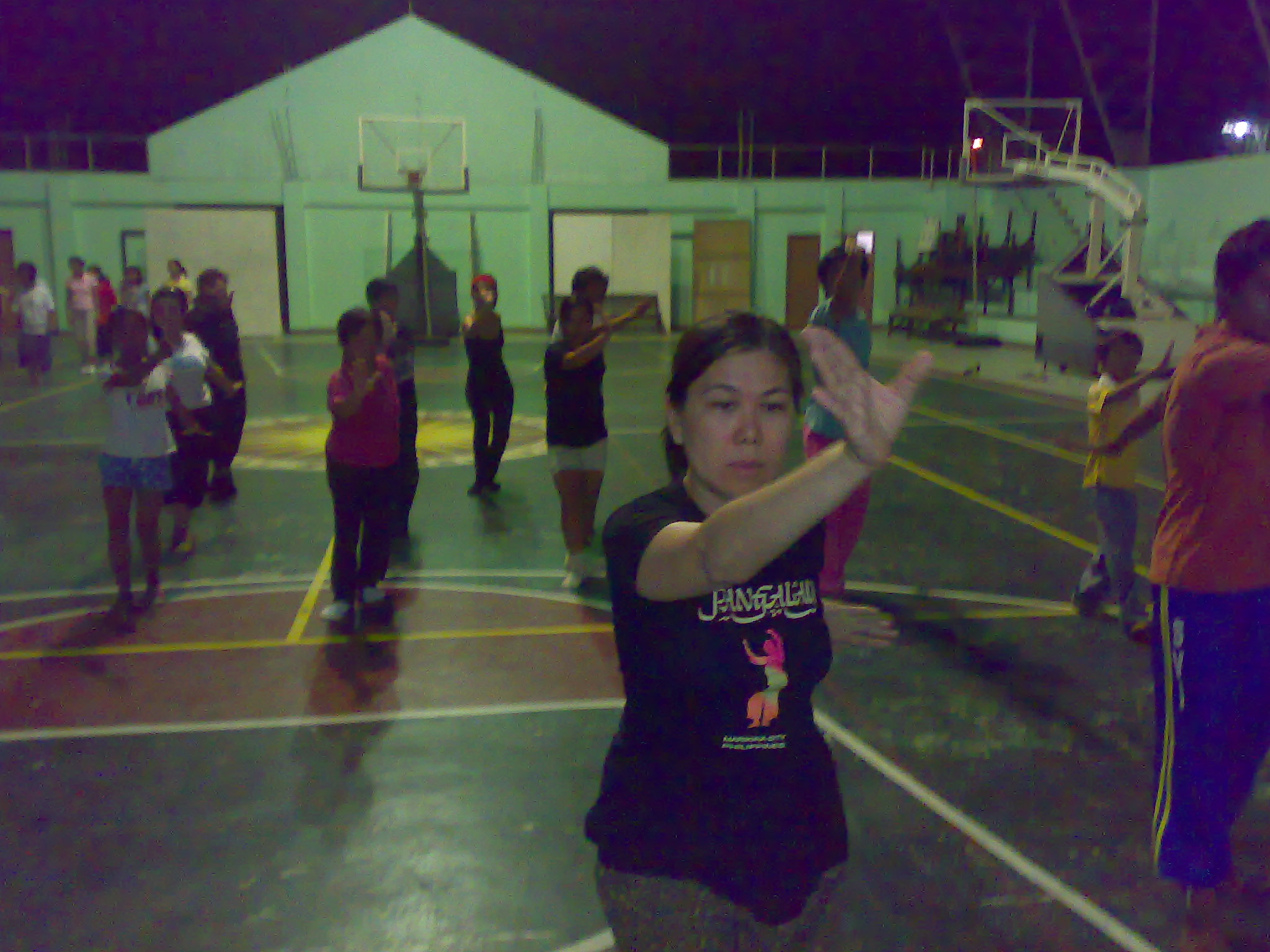
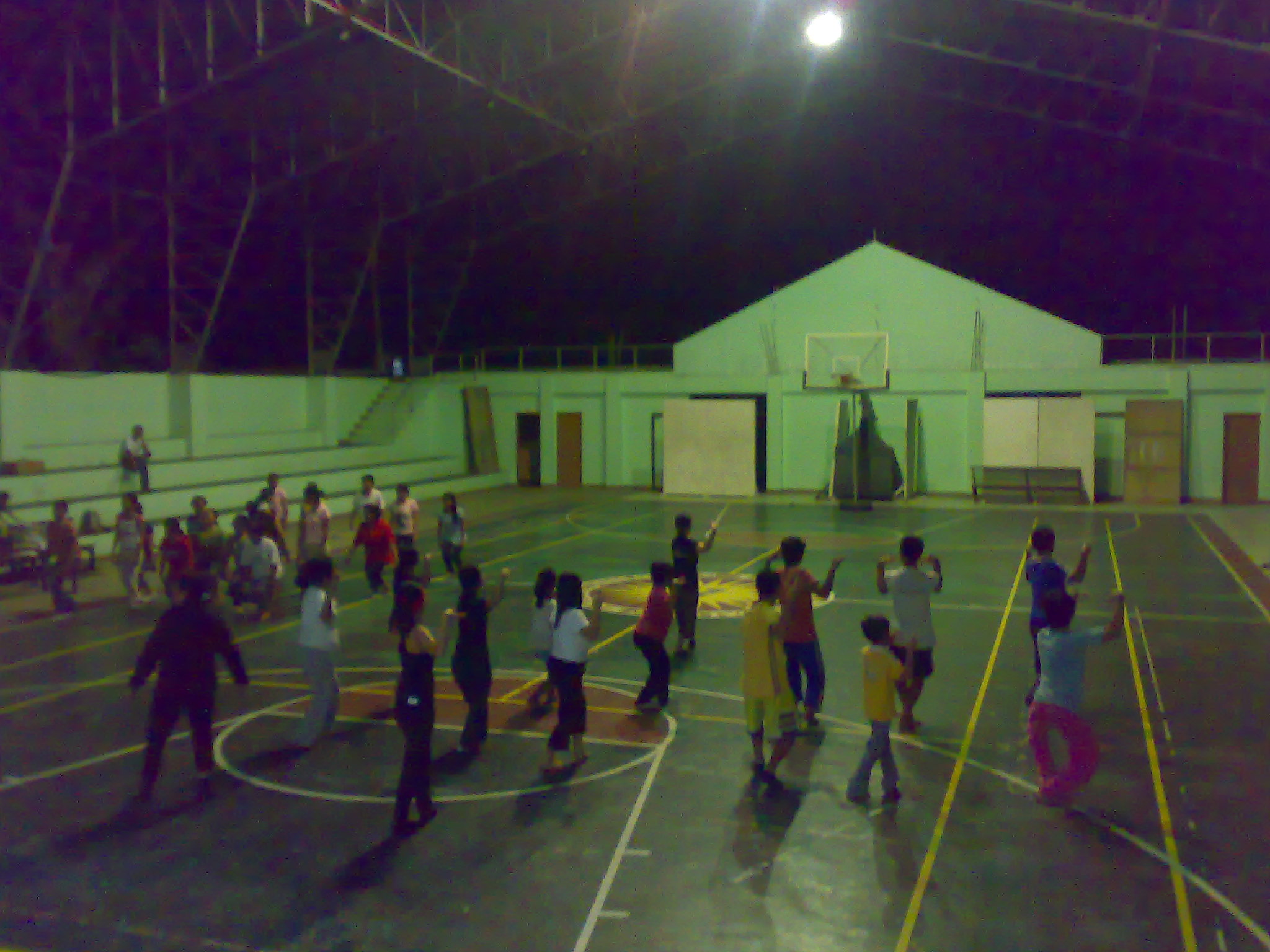
The most challenging phase of conservation is in introducing a vanishing dance tradition anywhere in the Philippines and, typically, in a place like Bohol.
There were 20 participants, majority of them young people, in the pangalay workshop held at the gym of Maribojoc municipality, Bohol. Dance teachers Ligaya Fernando-Amilbangsa and Nannette Matilac used the Amilbangsa Instruction Method (AIM) in teaching the pangalay dance style of the Sulu Archipelago. Pangalay may look easy but the dancer must have strong technique and good physical preparation to be able to dance it beautifully, just like dance styles of Asia (Khmer, Thai, Balinese and Indian traditional/classical dances) and the West (jazz, ballet, contemporary dance).
The participants had undergone many hours of dance lessons in the past month before the pangalay dance workshop, specifically contemporary dance. Thus, their bodies were somehow prepared for the physical regimen of pangalay. However, they still encountered much difficulty in coordinating the hand and arm movements, the Asian dance posture, the bent and springing motion of the knees into slow, seamless and flowing movements.


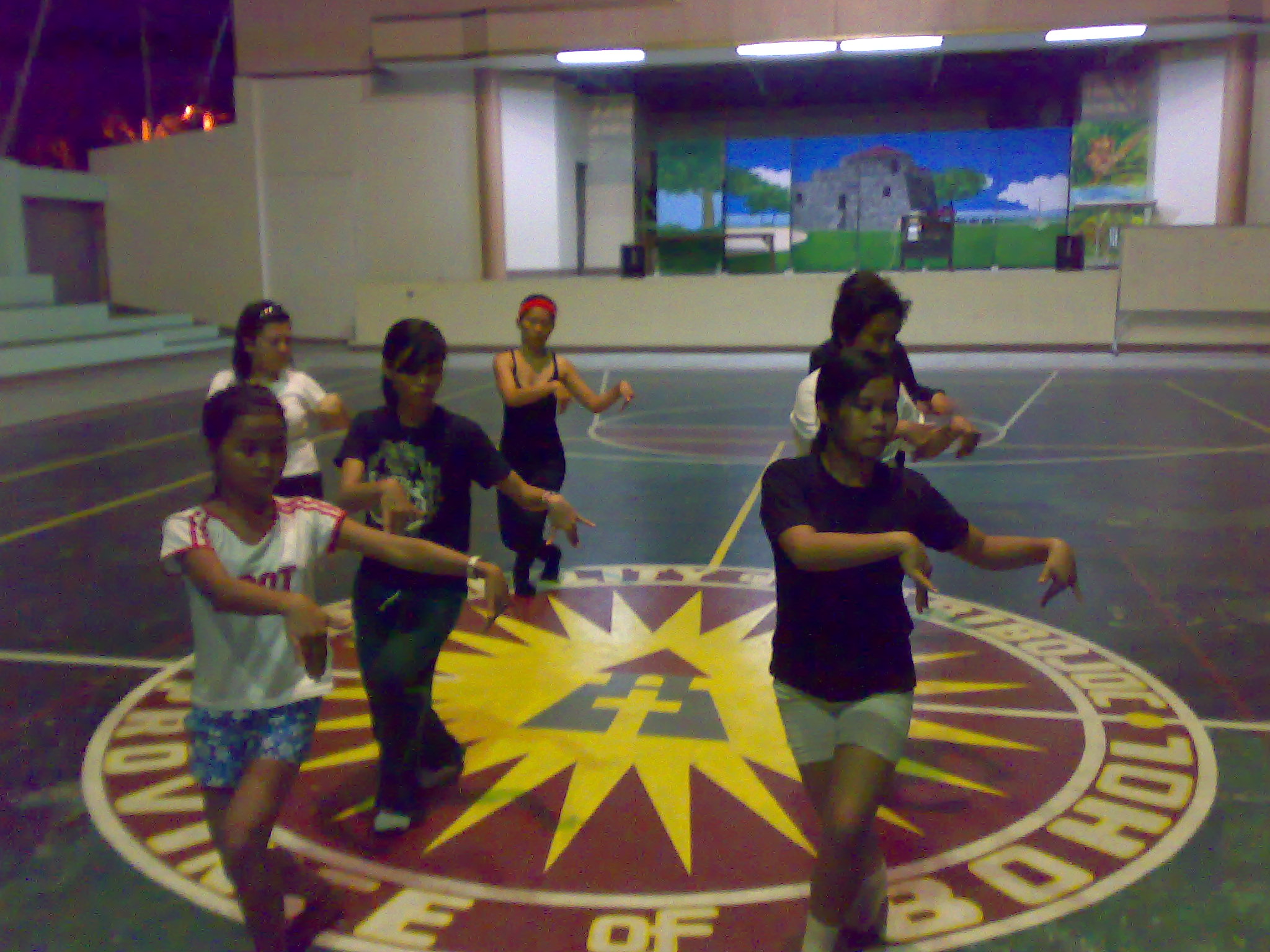
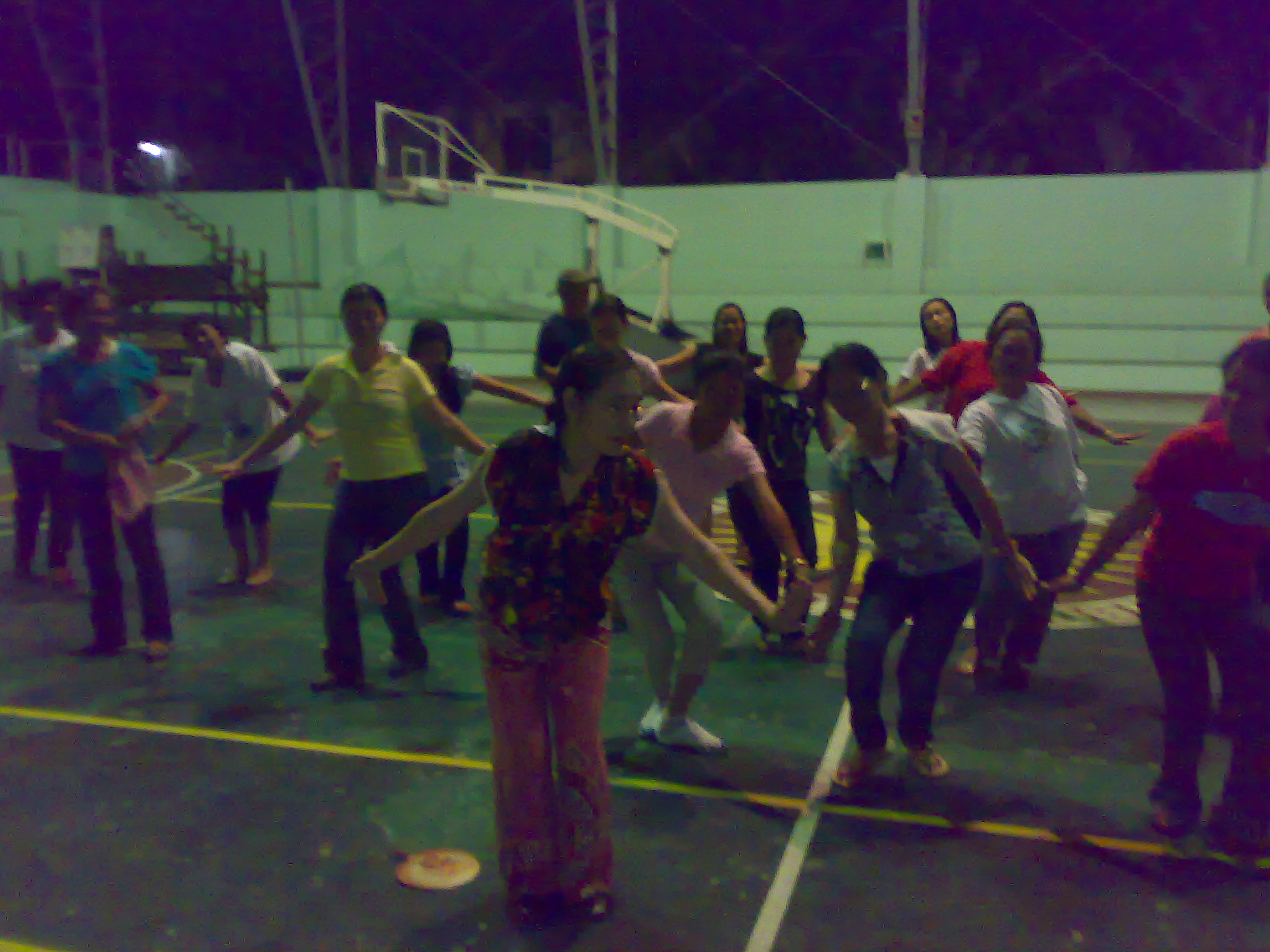
Another important lesson was on breathing. The participants had to undo their previous training on dance that utilized linear counting. The AIM emphasizes the use of the inhale-exhale to guide the dancer in the movement. Counting steps and movements is strictly prohibited. The inhale-exhale of the breath is also the guide for ensemble dancing.
The greatest challenge for the teacher and the student is the figure 8 that should be executed in a very slow manner, undulating like the waves of the sea. In any given class, there are slow and fast learners. Combining slow and fast learners in workshop groups when doing the routine movements helped in speeding up the learning process for everyone. We combined fast learners with slow learners to facilitate learning. Repetition is important in gaining familiarity and mastery of pangalay postures and gestures. Thus, several hours each day were devoted to the review of the basic pangalay walk, glide, connectives and the figure 8. Majority were able to do the figure 8 routine but they still need regular practice to gain mastery of the movement.
After the basic lessons on pangalay, we volunteered to stay for another 5 days, knowing that 5 days of training in pangalay is not enough for the dancers to be able to apply pangalay postures and gestures to a new choreography about the Punta Cruz Watchtower. We helped in the choreography of the dramatic scenarios by applying the postures, gestures, stances, hand and arm movements in the dance drama. The play’s dramatic plot tackles the historic struggle of the Punta Cruz inhabitants in a bygone era against the marauders of the past, and the subsequent construction of the Punta Cruz Watchtower to help the local inhabitants of the past in fighting marauding slave traders.
The result was simply amazing. The Punta Cruz Cultural collective enthralled the audience with their pangalay movements in the 40-minute showcase which was the finale of the program on Monday evening, 21st of October 2008.
The well-received performance was the greatest proof that the syllabus we prepared based on the Amilbangsa Instruction Method was a success.
With the intensive course on pangalay, the cultural collective under the guidance of their director, Lutgardo Labad, will use whatever they have absorbed in the dance lessons to create an expanded and polished version of the showcase in a gala performance on the occasion of the launch of the Punta Cruz Watchtower cultural tour and performance. That’s in December 2008. We know it will be a great success, given the dedication of the dancers, mentors, sponsors, and their artistic director.
Prepared by:
Nannette Matilac and Ligaya Fenando-Amilbangsa
Leave a Reply